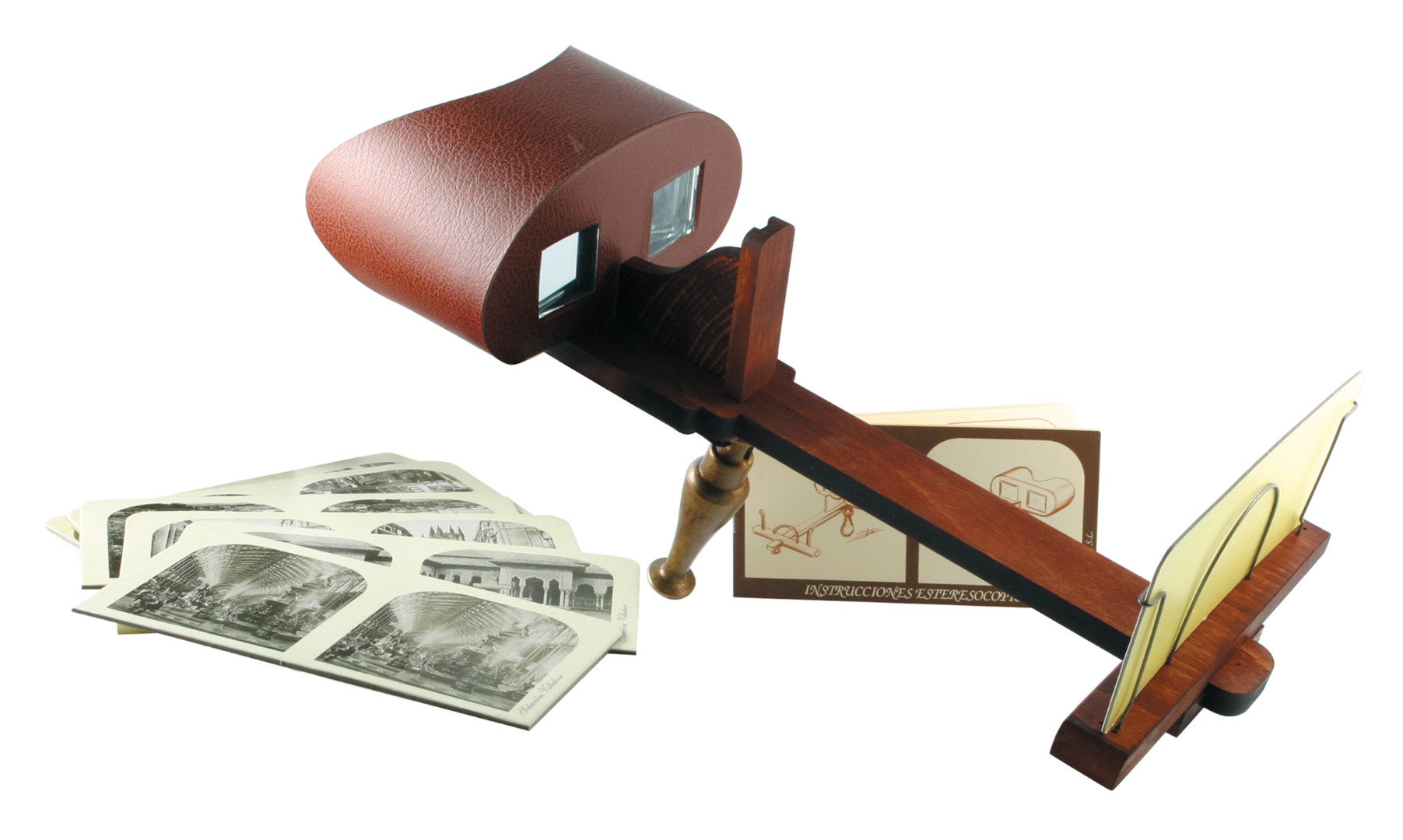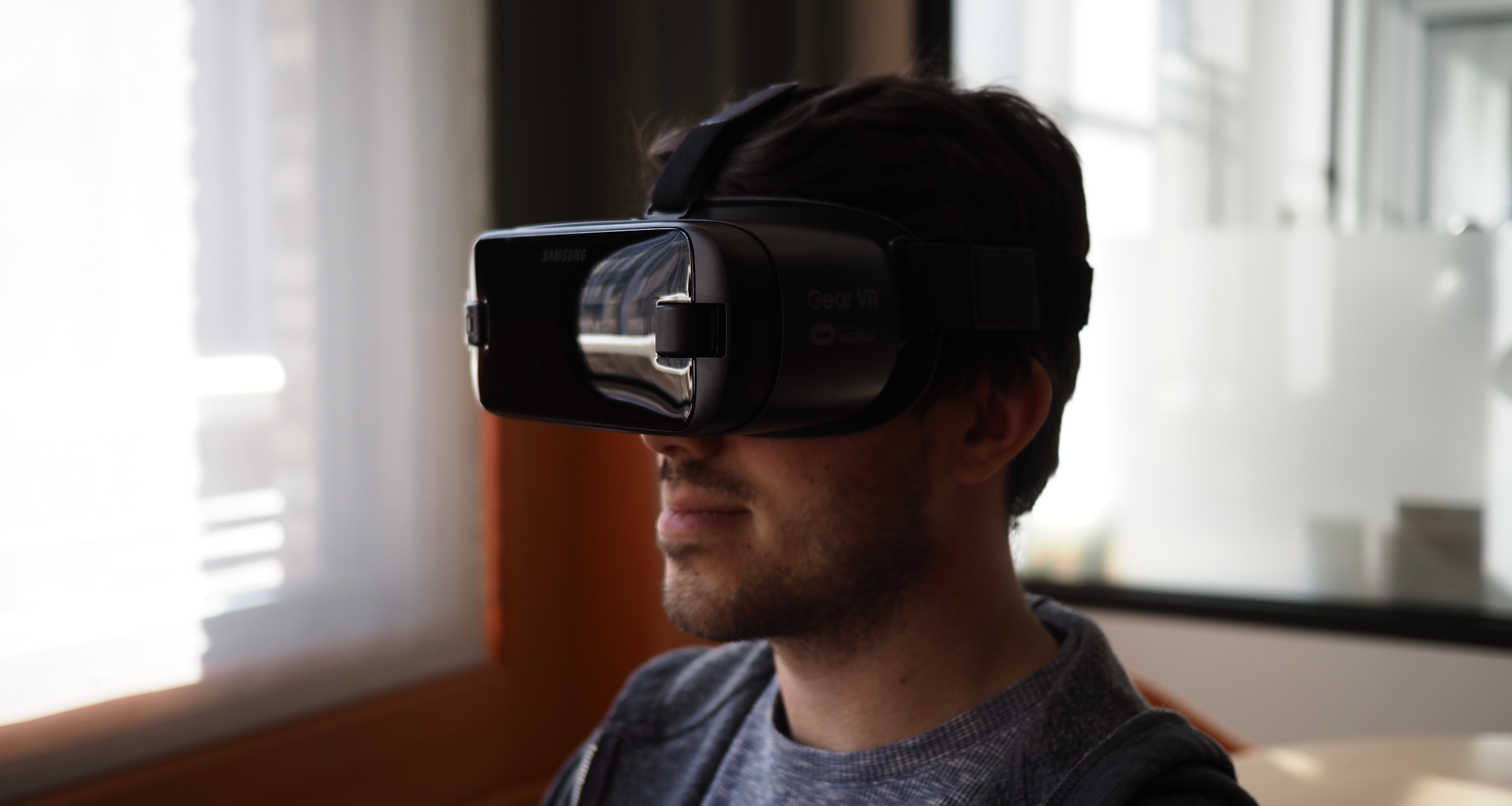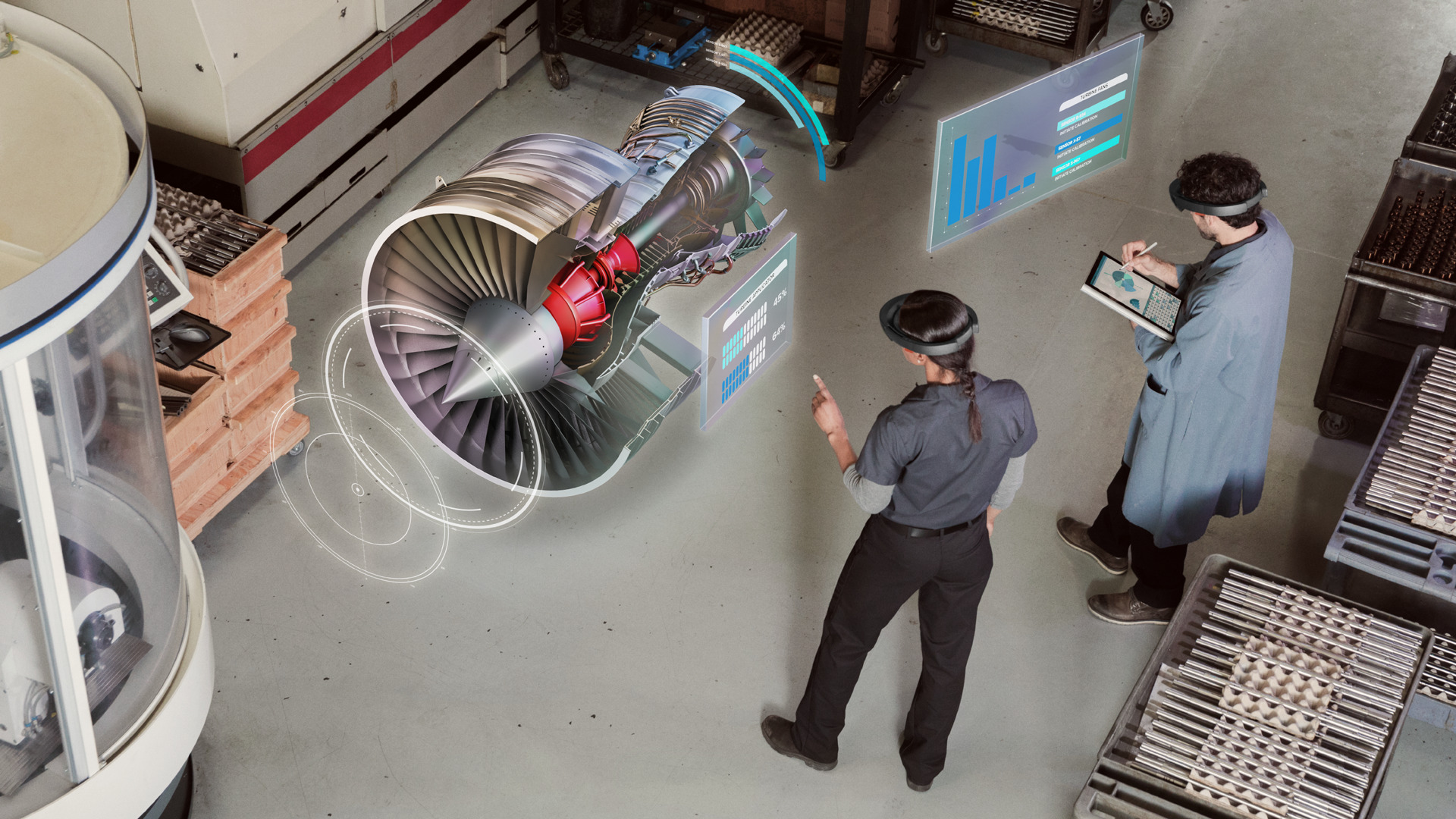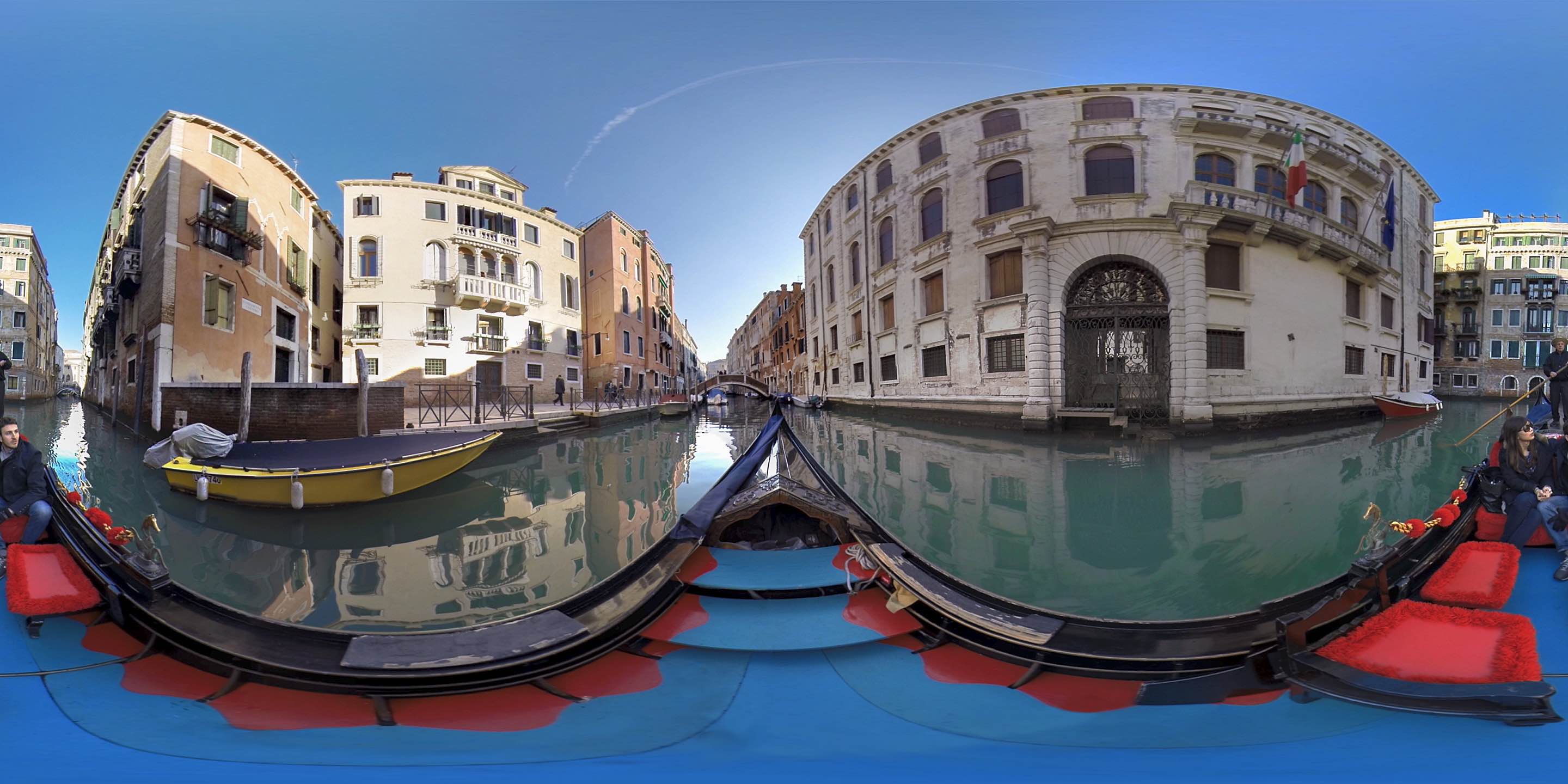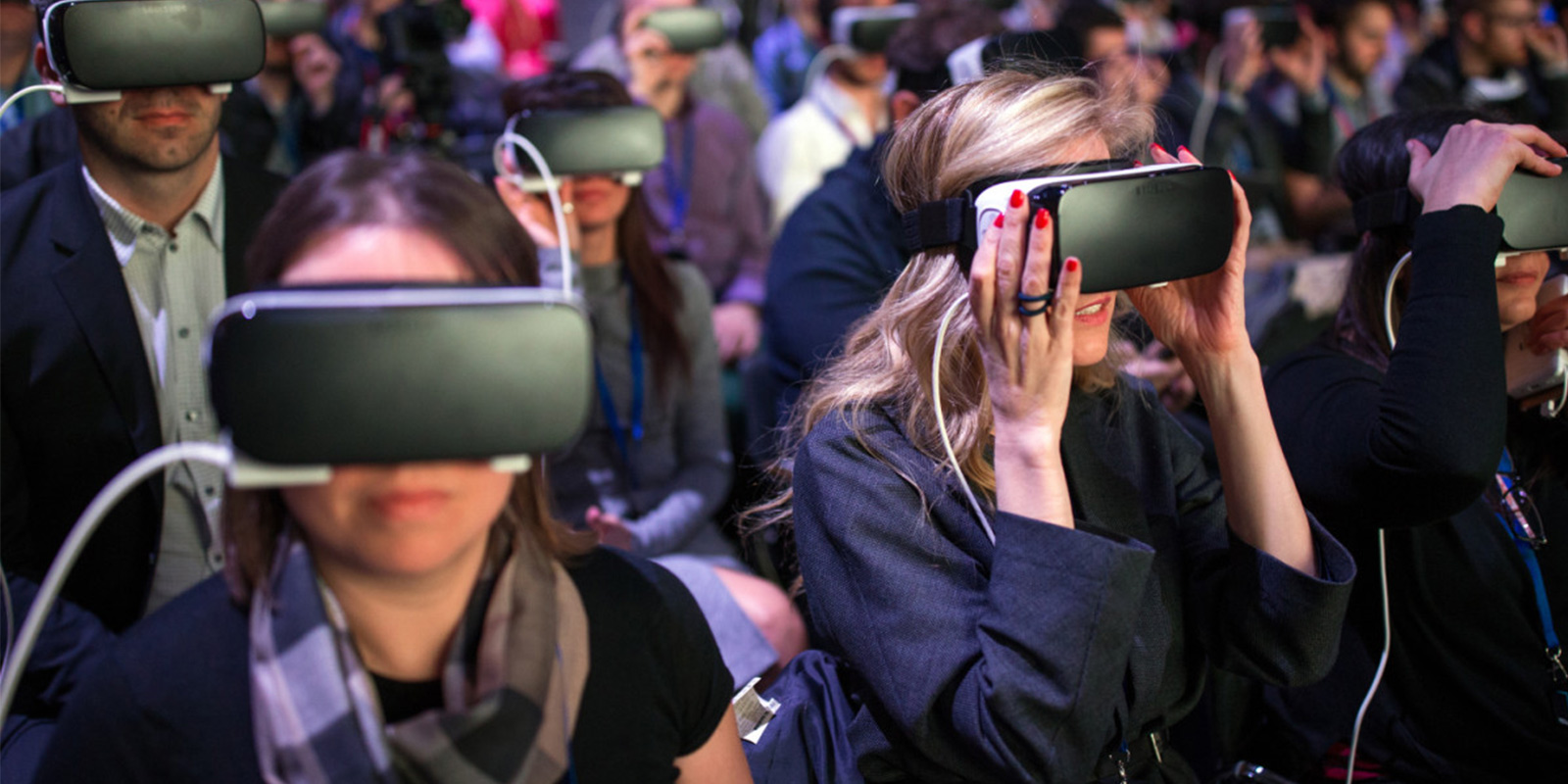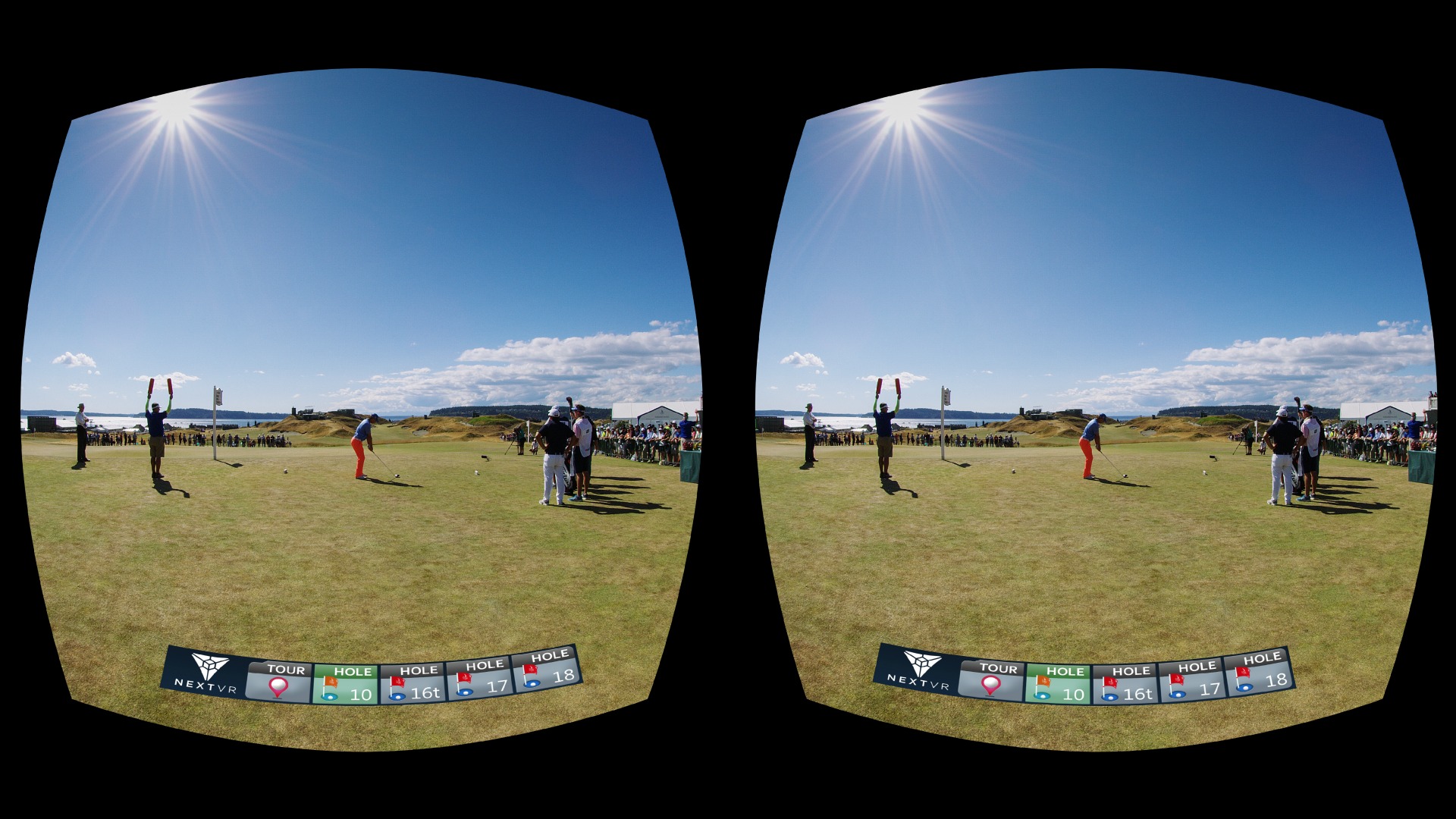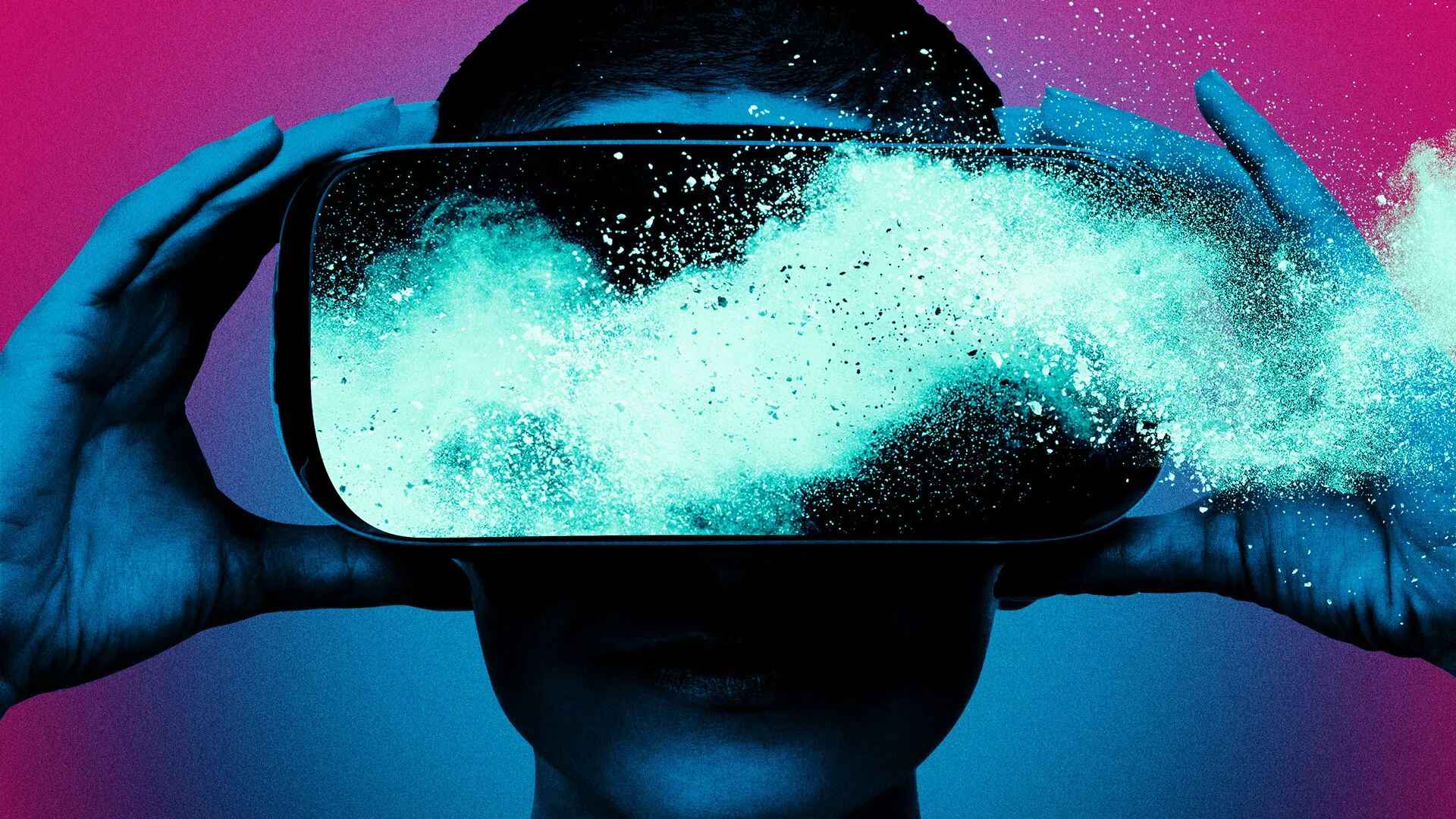Introductory paragraph
Virtual Reality (VR) has emerged as one of the most exciting technologies in recent years, captivating the imagination of both technology enthusiasts and the general public alike. This groundbreaking innovation allows users to immerse themselves in a virtual world, where they can experience and interact with a simulated environment. From gaming and entertainment to training and education, the applications of virtual reality are vast and continue to expand.
The origins of virtual reality date back several decades, with early pioneers laying the foundation for what would eventually become the immersive experiences we enjoy today. Through a combination of technological advancements, creative thinking, and relentless experimentation, the path to virtual reality has been paved with innovation and perseverance.
In this article, we will explore the fascinating journey of virtual reality, from its humble beginnings to its current state and future possibilities. We will delve into the early prototypes and breakthroughs that paved the way for the commercialization of VR, as well as the groundbreaking devices and applications that have brought it into mainstream consciousness.
As we dive into the chronological evolution of virtual reality, we will also discuss the modern-day advancements that have propelled VR into the forefront of technology. From the Oculus Rift to other VR headsets and devices, the hardware and software capabilities have skyrocketed in recent years, enabling more realistic and immersive experiences.
Moreover, we will explore the thrilling possibilities that virtual reality opens up in various fields, such as entertainment, gaming, healthcare, architecture, and beyond. The applications of VR are not limited to mere escapism; they offer revolutionary potential for training, therapy, and education, providing immersive and transformative experiences.
While virtual reality has made significant strides, it is just the beginning. The future holds immense promise and potential for VR, as technology continues to evolve and refine the immersive experiences. From advancements in haptic feedback and motion tracking to the integration of augmented reality, the boundaries of virtual reality are being pushed further, offering more ways to engage with the digital realm.
Join us on this captivating journey as we uncover the fascinating history, current achievements, and future innovations of virtual reality. Prepare to experience the world of virtual reality like never before, as we unlock the doors to a limitless and awe-inspiring digital landscape.
The Origins of Virtual Reality
The concept of virtual reality can be traced back to the early 20th century when visionaries and inventors began exploring the possibilities of creating immersive environments that could transport users to different worlds. However, it wasn’t until the mid-1960s that the term “virtual reality” was coined and the groundwork for this revolutionary technology began to take shape.
One of the first significant milestones in the development of virtual reality was the creation of the Sensorama machine by Morton Heilig in 1962. The Sensorama was a bulky machine that offered a multi-sensory experience, incorporating visual, auditory, and tactile elements. Users would place their heads inside a large helmet-like device and be treated to stereoscopic 3D visuals, stereo sound, and even smells and vibrations. Although the Sensorama was not widely adopted, it laid the foundation for the idea of creating a fully immersive virtual experience.
In 1968, Ivan Sutherland, often referred to as the “father of computer graphics,” introduced the world to the “Sword of Damocles,” a head-mounted display (HMD) that could display simple wireframe graphics. The device was connected to a computer and allowed the user to see a basic virtual environment. While the Sword of Damocles was primitive by today’s standards, it was a major breakthrough in the development of virtual reality, as it demonstrated the potential of creating a convincing virtual world.
Throughout the 1970s and 1980s, research institutions and universities continued to explore and refine virtual reality technology. Companies like Atari and Nintendo also started experimenting with VR gaming, albeit with limited success. It was during this time that the concept of cyberspace, coined by science fiction writer William Gibson, started to capture the public’s imagination and further fuel the excitement around virtual reality.
In the 1990s, virtual reality reached a tipping point with the release of consumer-grade VR devices. Companies like Virtuality and Sega launched VR arcade games, where players could wear headsets and engage in immersive gaming experiences. However, the high cost and limited content availability hindered widespread adoption of VR at that time.
Fast forward to 2012, when a young entrepreneur named Palmer Luckey launched a Kickstarter campaign for an affordable VR headset called the Oculus Rift. Luckey’s invention caught the attention of gaming legend John Carmack, who joined Oculus as its Chief Technology Officer. In 2014, Facebook acquired Oculus for $2 billion, sparking renewed interest and investment in VR technology.
Since then, virtual reality has experienced a boom in both consumer and enterprise spaces. Companies like HTC, Sony, and Samsung have released their own VR headsets, and VR content has expanded beyond gaming to fields such as architecture, healthcare, and education.
In summary, the origins of virtual reality can be traced back to visionary inventors and the early attempts to create immersive environments in the mid-20th century. From the Sensorama to the Sword of Damocles, to the advancements of the 1990s and the recent resurgence led by companies like Oculus, virtual reality has come a long way. As technology continues to evolve, the future of VR holds exciting possibilities for transforming entertainment, education, and various industries, as we step into a new era of immersive digital experiences.
The Sensorama
In the early 1960s, long before virtual reality became a household term, Morton Heilig, a cinematographer and inventor, introduced the world to the Sensorama. The Sensorama was a large, cabinet-like device that aimed to provide users with an immersive, multi-sensory experience.
Heilig envisioned the Sensorama as a way to enhance traditional film viewing by incorporating additional senses to create a more immersive experience. The device featured a stereoscopic 3D display, stereo speakers, a vibrating seat, and even a scent generator. Users would sit in front of the machine, put their heads into a head-mounted display (HMD), and be transported to virtual environments.
The Sensorama offered a truly immersive experience. When users watched a movie, they would see the images in 3D and hear the accompanying sounds through the built-in speakers. Meanwhile, the seat would vibrate in sync with the on-screen action, enhancing the feeling of realism. To further immerse the user, the Sensorama also released scents related to the scenes being shown. For example, if the user was watching a scene set in a garden, the device would emit the fragrance of flowers.
Heilig patented the Sensorama in 1962 and created a series of short films specifically designed for the device. These films showcased various scenarios, such as a motorcycle ride through New York City or a helicopter tour over the Grand Canyon. The Sensorama’s films were shot using multiple rear-projection screens to create a wide field of view, adding to the immersive experience.
Despite its innovative design and visionary concept, the Sensorama did not achieve widespread success. Heilig envisioned the device being installed in theaters, allowing multiple people to enjoy the virtual experiences simultaneously. However, due to its large size and limited availability, only a few Sensorama machines were ever produced and experienced by the public.
The Sensorama, though relatively unknown in its time, laid the groundwork for the future of virtual reality. It introduced the concept of creating immersive experiences by blending visuals, sound, and other sensory elements. Heilig’s invention was ahead of its time, serving as a stepping stone for the advancements that would eventually lead to the virtual reality devices we have today.
In retrospect, the Sensorama can be seen as an early experiment in creating immersive virtual environments. While it may not have gained wide recognition or commercial success, its influence on the development of virtual reality technology cannot be denied. The ideas and innovations introduced by Heilig in the creation of the Sensorama have paved the way for the virtual reality experiences we enjoy today.
The Sword of Damocles
In 1968, computer scientist Ivan Sutherland introduced the world to the “Sword of Damocles,” a revolutionary piece of technology that laid the foundation for modern virtual reality. The Sword of Damocles was an early head-mounted display (HMD) that allowed users to view simple wireframe graphics in a virtual environment.
The name “Sword of Damocles” referred to the device’s appearance, with a heavy contraption suspended above the user’s head by a mechanical arm, reminiscent of the famous sword suspended by a single hair in ancient Greek mythology. The HMD itself was connected to a computer system that generated and displayed the graphics.
Using the Sword of Damocles, users could see and interact with a limited virtual environment. Although the graphics were basic wireframe models, the experience of wearing the HMD and being able to look around the virtual space was a groundbreaking leap in visual simulation.
One of the key features of the Sword of Damocles was the incorporation of a head-tracking system. The device used sensors to detect the movement of the user’s head, allowing them to have a more immersive experience by exploring the virtual environment from different angles. This head-tracking technology was a significant advancement at the time and contributed to the sense of presence within the virtual world.
However, the Sword of Damocles had its limitations. The device was bulky and uncomfortable to wear for extended periods. The graphics were rudimentary compared to what we now expect from virtual reality experiences. Additionally, the processing power required to generate the virtual environment limited the complexity and realism of the graphics.
Despite its limitations, the Sword of Damocles marked a significant milestone in the development of virtual reality technology. It demonstrated the potential to create a convincing virtual world and allowed researchers to explore the possibilities of simulating different environments and interacting with virtual objects.
The Sword of Damocles set the stage for further advancements in virtual reality technology by proving the viability of head-mounted displays and the importance of head-tracking systems. It sparked years of research and development, leading to the refinement of the technology and the eventual commercialization of virtual reality.
Today, the Sword of Damocles is considered a symbol of the early days of virtual reality, representing the pioneering spirit and vision of those scientists and researchers who laid the groundwork for the immersive experiences we enjoy today. It serves as a reminder of how far virtual reality technology has come and the continuous innovation and improvement that the field continues to undergo.
The Beginnings of Commercial VR
After the groundbreaking innovations of the 1960s and 1970s, virtual reality technology began to break into the commercial market in the 1980s. Companies saw the potential for immersive experiences and started developing virtual reality devices and applications for various industries.
One of the notable pioneers in commercial virtual reality was the company Virtuality Group. Founded in the late 1980s, Virtuality focused on creating virtual reality arcade games. These games utilized headsets and handheld controllers to provide users with immersive gaming experiences like never before. Virtuality’s VR arcade machines quickly gained popularity, with players lining up to step into virtual worlds and compete against one another.
One of the most well-known Virtuality games was “Dactyl Nightmare,” a first-person shooter where players battled flying creatures in a virtual arena. The game offered players a taste of immersive virtual reality gaming, and it became a major attraction in arcades.
Around the same time, other companies like Sega also ventured into the virtual reality space with devices like the Sega VR headset. While the Sega VR headset garnered attention and excitement, the technology was not yet fully mature, and both Virtuality and Sega faced challenges with mass production, cost, and limited content availability.
Despite the initial hype, the high cost and limited consumer appeal hindered widespread adoption of commercial virtual reality in the 1980s. As a result, virtual reality technology faded into the background for a while, with limited advancements being made in the following decade.
However, virtual reality technology was far from forgotten. Researchers and early adopters continued to push the boundaries, refining the hardware and software capabilities in preparation for a future resurgence.
Fast forward to the early 2010s when a breakthrough occurred that would reignite the virtual reality industry. In 2012, a young entrepreneur named Palmer Luckey developed a prototype for a new, affordable virtual reality headset called the Oculus Rift. The Oculus Rift promised to deliver an immersive virtual reality experience that was accessible to the general public.
Luckey launched a Kickstarter campaign to fund the production of the Oculus Rift, attracting the attention of technology enthusiasts and gamers alike. The campaign proved to be a huge success, reaching its fundraising goal in a matter of hours.
This success caught the attention of the gaming industry, leading to the involvement of gaming legend John Carmack. Carmack joined Oculus as its Chief Technology Officer and helped refine the technology, improving the visual and tracking capabilities of the Oculus Rift.
In 2014, Facebook acquired Oculus for $2 billion, signaling a major turning point for virtual reality. The acquisition brought significant investment and resources to further develop the technology. Other companies like HTC and Sony also entered the market with their own VR headsets, marking the beginning of a new era for virtual reality.
The beginnings of commercial virtual reality in the 1980s laid the groundwork for the eventual breakthroughs that would bring VR into the mainstream. While the technology faced challenges and limitations at the time, these early attempts paved the way for the advancements that would later revolutionize the industry. The stage was set for virtual reality to make a comeback and captivate the world with immersive experiences in gaming, entertainment, and various other fields.
Advances in the 1990s
The 1990s proved to be a crucial decade for the development of virtual reality technology. As computing power increased and technology became more accessible, researchers and companies made significant advancements in the field, bringing virtual reality closer to becoming a mainstream reality.
One of the key milestones in the 1990s was the release of the Virtuality 1000CS, a virtual reality gaming system created by the Virtuality Group. The 1000CS featured an immersive multiplayer VR experience, allowing multiple players to engage in virtual reality games together. The system utilized head-mounted displays, handheld controllers, and networked multiplayer capabilities, offering a level of immersion and interaction previously unseen in the gaming industry.
While Virtuality Group focused on gaming, other companies like VPL Research concentrated on the development of wearable virtual reality devices. Jaron Lanier, the founder of VPL Research, introduced the DataGlove and the EyePhone, two devices that enabled users to interact with virtual objects using their hands and track their head movements. These innovations further enhanced the sense of immersion and realism in virtual reality experiences.
As the 1990s progressed, virtual reality technology found its way into various industries beyond gaming. In the healthcare field, virtual reality was being utilized for medical training and simulation. Surgeons could practice complex procedures in a virtual environment, improving their skills and reducing the risk of errors during real surgeries.
Additionally, architecture and design professionals began using virtual reality to create immersive walkthroughs of buildings and environments before they were constructed. This allowed for better understanding and visualization of spaces, facilitating more accurate design decisions.
The entertainment industry also saw advancements in virtual reality during this time. Theme parks introduced VR attractions, combining physical movement and virtual worlds to provide visitors with thrilling and immersive experiences. Simulators and rides incorporated virtual reality technology, taking users on virtual adventures and simulations that set new standards for amusement park experiences.
In spite of these promising developments, virtual reality faced some challenges in the 1990s. Hardware limitations, such as low-resolution graphics and cumbersome headsets, hindered the widespread adoption of the technology. The high cost of production and limited content availability were also factors that contributed to the slow growth of virtual reality.
Nonetheless, the advancements made in the 1990s laid the groundwork for future developments in virtual reality. The experience gained from creating early virtual reality systems and the lessons learned from their limitations helped shape the direction of the industry.
The 1990s marked a transformative period for virtual reality, where concept and potential turned into tangible technological advancements. The decade set the stage for the resurgence of virtual reality in the following years, leading to more affordable and accessible devices that would captivate a wider audience and open up new possibilities for immersive experiences.
The Oculus Rift and the Resurgence of VR
In 2012, a revolutionary virtual reality headset called the Oculus Rift burst onto the scene and sparked the resurgence of virtual reality technology. Developed by Palmer Luckey and his company Oculus VR, the Oculus Rift promised to bring affordable, high-quality virtual reality experiences to the masses.
Luckey’s initial prototype gained significant attention and support through a highly successful Kickstarter campaign. The campaign not only demonstrated the widespread interest in virtual reality but also attracted the attention of industry veterans, including gaming legend John Carmack, who joined Oculus VR as its Chief Technology Officer.
The Oculus Rift introduced a new level of immersion and realism in virtual reality experiences. The headset featured high-resolution displays and a wide field of view that allowed users to feel fully immersed in the virtual environment. Additionally, precise head-tracking technology tracked users’ movements, ensuring that their virtual perspective matched their physical movements in real-time.
The success of the Oculus Rift prompted other major players to enter the virtual reality market. Companies like HTC and Sony released their own VR headsets, such as the HTC Vive and PlayStation VR, respectively. This competition fueled further innovation and drove down prices, making virtual reality more accessible to a wider audience.
The resurgence of virtual reality extended beyond gaming, as industries realized the potential of this technology in various fields. In the healthcare sector, virtual reality was used for pain management, phobia treatment, and even virtual rehabilitation. Medical professionals could transport patients to realistic virtual environments to help them cope with pain and anxiety.
In the education and training sectors, virtual reality offered immersive learning experiences that simulated real-world scenarios. Students could explore historical sites, conduct science experiments, or practice dangerous tasks in a safe virtual environment. Additionally, virtual reality became a valuable tool for workforce training, providing realistic simulations for improving skills and enhancing performance.
Virtual reality also revolutionized the entertainment industry. Filmmakers started exploring virtual reality storytelling techniques, allowing audiences to become active participants in immersive narratives. Virtual reality amusement parks and arcades became popular attractions, offering thrilling experiences that blended physical movement with digital environments.
The success of the Oculus Rift and the subsequent influx of virtual reality devices sparked a new era of innovation and investment in the industry. Developers and content creators began developing a wide range of games, experiences, and applications specifically tailored for virtual reality.
With advancements in technology, virtual reality continues to evolve. Improvements in resolution, display quality, and motion tracking capabilities have further enhanced the sense of presence and immersion. The development of room-scale tracking and motion controllers have encouraged users to interact more naturally with virtual environments, blurring the line between the real and virtual worlds.
The Oculus Rift and the resurgence of virtual reality have paved the way for the widespread adoption and acceptance of a technology that was once considered a sci-fi dream. As the technology continues to improve and expand, virtual reality holds tremendous potential to transform various industries and revolutionize the way we work, learn, play, and experience the world around us.
The Evolution of VR Devices
Virtual reality devices have come a long way since the early prototypes and commercial attempts of the past. Advancements in technology have led to the development of increasingly powerful and user-friendly virtual reality hardware, transforming the way we experience digital content and immersive simulations.
The early virtual reality devices from the 1990s, although groundbreaking at the time, were bulky, expensive, and suffered from limited capabilities. Today, virtual reality headsets have become more streamlined, lightweight, and affordable, enabling a broader audience to access this immersive technology.
One of the most influential VR devices on the market is the Oculus Rift. Released in 2016, the consumer version of the Oculus Rift introduced a new level of immersion and interactivity. It featured a high-resolution display, improved tracking technology with sensors placed around the room, and intuitive controllers that allowed users to interact with virtual objects and environments.
Following the success of the Oculus Rift, other companies have entered the virtual reality market with their own devices. HTC released the HTC Vive, a room-scale virtual reality system that offered precise tracking of movements, hand controllers, and a large library of VR content. Sony also introduced the PlayStation VR, a more accessible virtual reality headset that works with the PlayStation console, appealing to the gaming community.
The evolution of mobile technology has also contributed to the development of VR devices. Companies like Samsung and Google introduced virtual reality headsets that utilize smartphones as the display and computing components. Samsung’s Gear VR and Google’s Cardboard and Daydream platforms opened up virtual reality experiences to a wider audience with their affordability and compatibility with popular smartphones.
Advancements in display technology have significantly improved the visual quality of virtual reality experiences. High-resolution screens with faster refresh rates and reduced latency have reduced motion sickness and created more realistic and immersive environments. Moreover, innovations in lenses and optics have enhanced the field of view, reducing the sensation of wearing a confined headset.
Another crucial aspect of virtual reality device evolution is the implementation of inside-out tracking. This technology eliminates the need for external sensors or cameras by utilizing onboard sensors to track the user’s movements in real-time. This enhances the freedom of movement and simplifies the setup process, making virtual reality more accessible and user-friendly.
Furthermore, haptic feedback devices have been introduced to enhance the sense of touch and physical interaction in virtual reality. These devices provide vibrations, force feedback, and even pressure simulation, allowing users to feel and manipulate virtual objects with a more immersive and realistic experience.
As virtual reality continues to evolve, the integration of augmented reality (AR) has become an emerging trend. AR blends digital content with the real world, overlaying virtual objects onto the user’s physical environment. Devices like the Microsoft HoloLens and the Magic Leap headset offer a glimpse into the future where virtual and augmented reality converge, enabling seamless transitions between the two technologies.
In summary, the evolution of virtual reality devices spans several decades, from early experimental prototypes to the more accessible and immersive devices we have today. With advancements in technology and the drive for more intuitive user experiences, virtual reality has become a tangible and dynamic medium that continues to push the boundaries of human perception and interaction.
Applications of Virtual Reality
Virtual reality (VR) technology has expanded beyond its initial roots in gaming and entertainment and has found diverse applications in various industries. The immersive and interactive nature of virtual reality has opened up a world of possibilities, revolutionizing fields such as healthcare, education, architecture, training, and more.
In healthcare, virtual reality is being utilized for a wide range of purposes. Surgeons can use VR simulations to practice complex procedures, improving their skills and reducing the risk of errors during real surgeries. It also allows medical students to explore virtual anatomy and gain hands-on experience without the need for cadavers. Additionally, virtual reality has shown promising results in pain management, phobia treatment, and even helping patients with physical rehabilitation.
In education, virtual reality has the potential to transform the way students learn by providing immersive and interactive experiences. Students can visit historical sites, explore the depths of the ocean, or journey into space, all from the comfort of their classrooms. This technology brings subjects to life, fostering greater engagement, understanding, and retention.
The architectural and design industries have also adopted virtual reality as a powerful tool. Architects and designers can create virtual walkthroughs of buildings and environments, providing clients with a realistic representation of their projects before construction begins. Virtual reality allows for greater spatial visualization, enabling architects to make more informed design decisions and creating a more efficient design process.
Virtual reality’s impact extends to the world of training and simulation. Whether it’s military personnel training for combat scenarios or pilots honing their skills in flight simulators, virtual reality offers a safe and cost-effective way to simulate high-risk environments. By replicating real-world situations, individuals can practice and gain experience without the need for physical resources or putting themselves in harm’s way.
In the realm of psychology and therapy, virtual reality has proven to be a valuable tool. It facilitates exposure therapy to help individuals confront and manage phobias or anxiety disorders in a controlled and immersive environment. Virtual reality environments can be customized to suit the individual’s needs, allowing for personalized and targeted therapy sessions.
Another exciting application of virtual reality is in the field of entertainment and gaming. VR gaming offers a level of immersion and interactivity that traditional gaming experiences cannot match. Users can step into virtual worlds and actively engage with the game environment, enhancing the sense of presence and creating an incredibly immersive and thrilling experience.
Beyond these specific industries, virtual reality is constantly expanding its reach into new territories. It is being used for virtual tourism, allowing people to explore different destinations and cultures without leaving their homes. Virtual reality is also making waves in social interactions, enabling people to connect and communicate in shared virtual spaces, creating new avenues for collaboration and connection.
The applications of virtual reality are ever-evolving and expanding as technology continues to progress. With the ongoing advancements in hardware and software capabilities, virtual reality has the potential to reshape various industries and redefine how we learn, work, and interact with the digital world.
The Future of Virtual Reality
Virtual reality has come a long way since its early beginnings, and the future holds tremendous promise for this transformative technology. As technology continues to advance and new innovations emerge, virtual reality is poised to change the world in ways we can only begin to imagine.
One of the key areas of development in virtual reality is the improvement of hardware. Virtual reality headsets are becoming more comfortable, lightweight, and user-friendly. Companies are investing in research to enhance the visual quality, increase the field of view, and reduce motion sickness, making virtual reality experiences even more immersive and enjoyable.
Advancements in haptic feedback and tactile sensation technology will play a significant role in enhancing virtual reality experiences. The ability to feel and touch virtual objects will further bridge the gap between the real and digital worlds, enhancing the sense of presence and interaction.
As wireless technology continues to improve, the elimination of cables and tethers will promote a greater sense of freedom and mobility in virtual reality experiences. This will allow users to move and explore virtual environments with ease, opening up new possibilities for gaming, training, and other applications.
The integration of augmented reality (AR) with virtual reality (VR), often referred to as mixed reality (MR), represents another exciting direction for the future. MR combines virtual elements with the real world, enabling users to interact with digital content while still being aware of their physical surroundings. This integration will create entirely new experiences and applications, blending virtual and real-world interactions seamlessly.
The growth of social virtual reality platforms and multiplayer experiences is also expected to shape the future of virtual reality. As more people join in shared virtual spaces, social interaction will become a fundamental aspect of virtual reality experiences. People will connect, collaborate, and explore together, creating a sense of community and fostering new forms of communication.
Artificial intelligence (AI) will also have a significant impact on virtual reality. The integration of AI algorithms into virtual reality experiences will enable more dynamic and reactive environments. AI-powered characters and entities will behave in more realistic and intelligent ways, enhancing the sense of immersion and making virtual experiences feel more lifelike.
As virtual reality becomes more accessible and affordable, its applications will extend beyond traditional industries. Virtual reality is likely to find its way into various sectors, such as retail, tourism, real estate, and healthcare. From virtual shopping experiences to virtual travel and remote medical consultations, the potential for virtual reality to reshape these industries is vast.
Furthermore, advances in eye-tracking technology will pave the way for more natural and intuitive interactions in virtual reality. Users will be able to control and manipulate virtual elements simply by looking at them, enhancing the level of immersion and making virtual reality experiences feel more intuitive and seamless.
The future of virtual reality is bright, with endless possibilities and potential for innovation. As technology continues to evolve, virtual reality will become an integral part of our lives, transforming the way we work, play, communicate, and explore the digital realm. With each new breakthrough, virtual reality brings us closer to realizing the full potential of this remarkable technology.
Conclusion
Virtual reality has come a long way from its humble beginnings, and its evolution over the years has been nothing short of remarkable. From the early experiments and prototypes to the commercialization and widespread adoption of immersive VR devices, the technology has captured our imagination and opened up new avenues for entertainment, education, training, and more.
The journey of virtual reality has been marked by groundbreaking innovations, determined pioneers, and the constant push for technological advancement. The origins of virtual reality date back several decades, with visionaries such as Morton Heilig and Ivan Sutherland laying the groundwork for what would eventually become the immersive experiences we enjoy today.
The commercialization of virtual reality in the 1990s paved the way for the resurgence of the technology in the modern era. The launch of the Oculus Rift brought affordable, high-quality VR experiences to the masses and sparked a wave of innovation and investment in the industry. Other companies followed suit, releasing their own VR headsets and devices, further expanding the possibilities of virtual reality.
Today, virtual reality finds applications in various sectors, from healthcare and education to architecture and training. It has the power to transform these industries, offering realistic simulations, immersive experiences, and interactive environments that were once unimaginable.
As virtual reality evolves, the future holds even greater promise. Advancements in hardware, such as improved resolution, field of view, and haptic feedback, will continue to enhance immersion and realism. The integration of augmented reality, wireless technology, and AI will further blur the lines between the real and virtual worlds, creating new opportunities and experiences.
The future of virtual reality is not limited to a single industry or application. It holds the potential to reshape how we learn, work, play, and interact with digital content. From revolutionizing entertainment and gaming to revolutionizing how we train and educate, virtual reality is positioned to transform our lives in profound ways.
However, there are challenges that the future of virtual reality must overcome. Accessibility, affordability, and content availability remain critical factors in driving widespread adoption. Continued collaboration between industry leaders, developers, and content creators will be crucial in addressing these challenges and pushing the boundaries of virtual reality technology further.
In conclusion, virtual reality has come a long way since its inception, and its journey is far from over. The future looks bright, with virtual reality poised to become an integral part of our daily lives, revolutionizing various industries, and delivering immersive experiences that captivate and inspire us.







